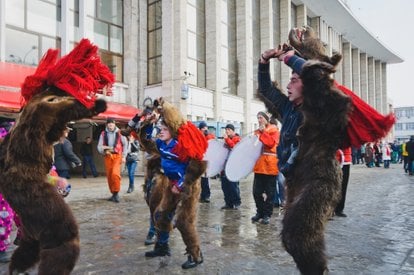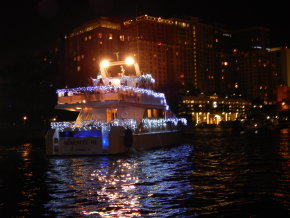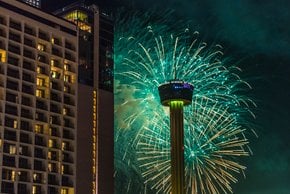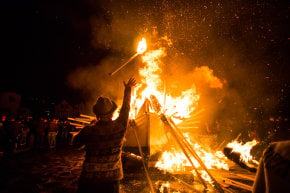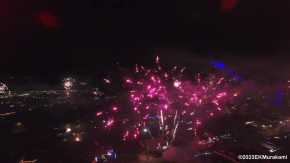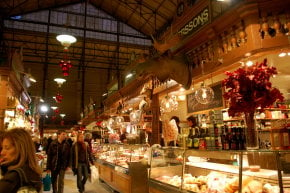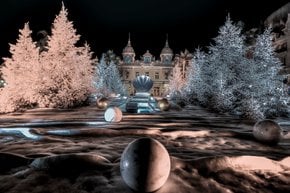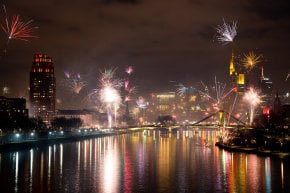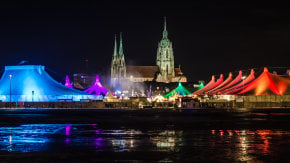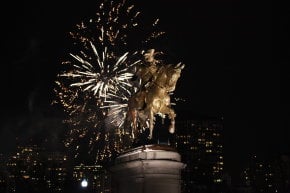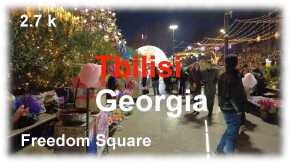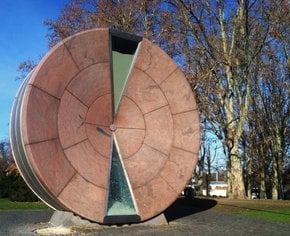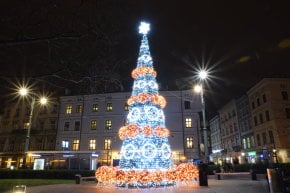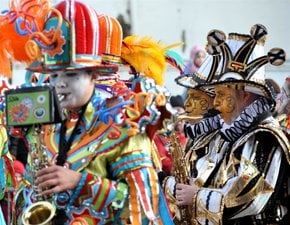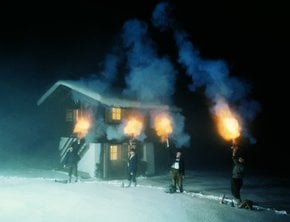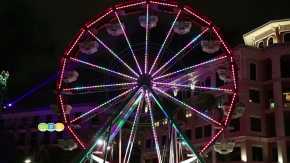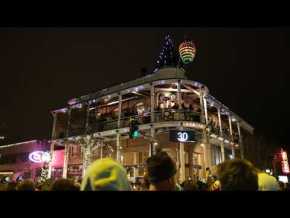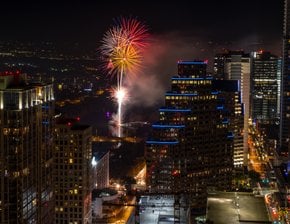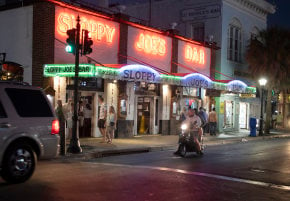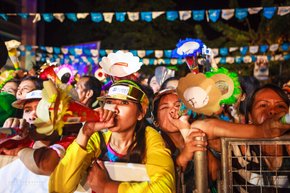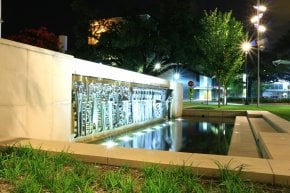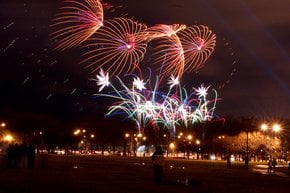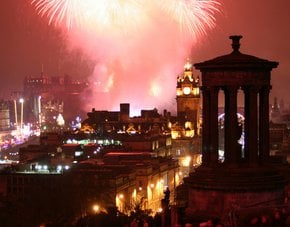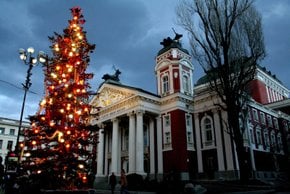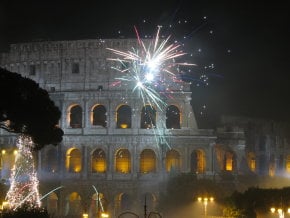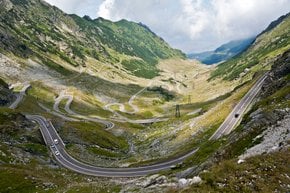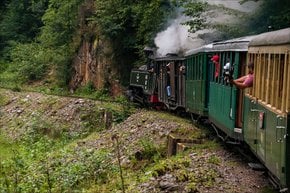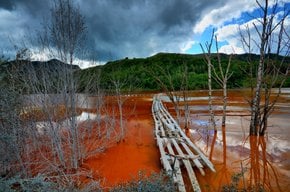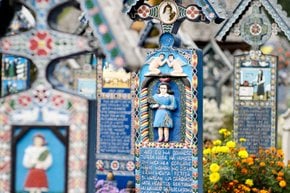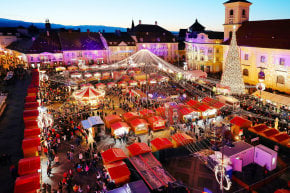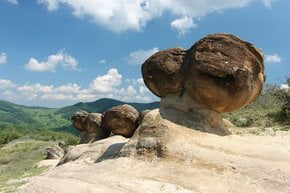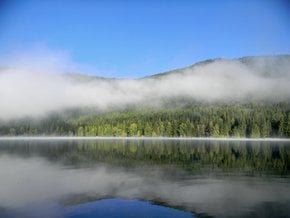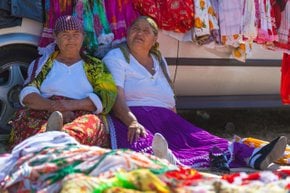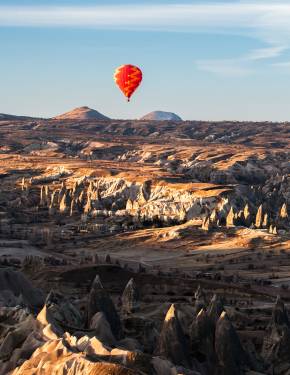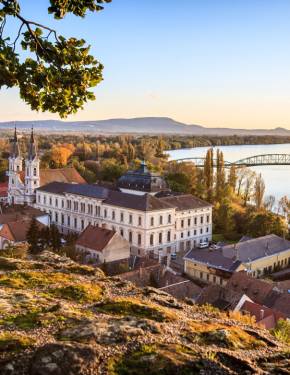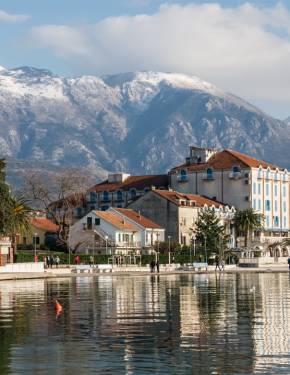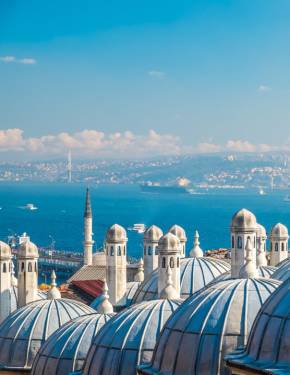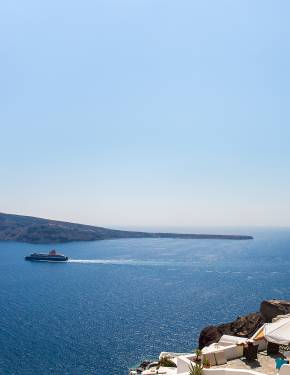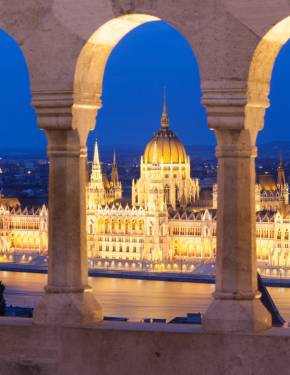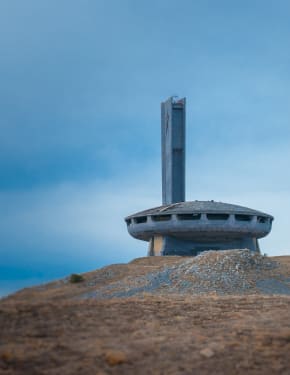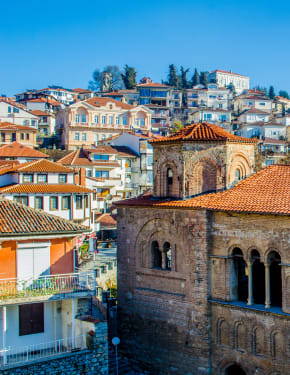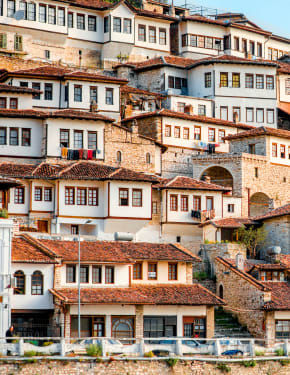Osos de Año Nuevo 2025-2026 en Rumanía
Muchedumbre de osos bailan, gruñen, rodan, mueren, y luego resucitan en las nevadas calles rumanas
Fechas: diciembre 31–enero 1
En la víspera de Año Nuevo, las calles nevadas de las ciudades rumanas ven un espectáculo increíble: cientos de personas vestidas de piel de oso bailan y gruñen con los sonidos de bateristas y panpipes, alejando a todos los espíritus malignos. Un aterrador babushka conduce la procesión mística llevando a un oso por todo el camino. El baile de los osos culmina con su muerte y resurrección simbólicas. Los ritos de regeneración simbolizan que la primavera vendrá pronto.
Los llamados festivales Ursul tienen lugar en todo el país. Sin embargo, la tradición proviene del valle de Trotus, a saber, de Comănești, Condado de Bacău. El pueblo sigue siendo considerado uno de los mejores lugares para experimentar la celebración. Comănești se encuentra aproximadamente a 300 km al norte de la capital rumana Bucarest.
The bear skins worn by the dancers, which can weigh up to 50 kilograms (110 pounds), are cherished heirlooms passed down through generations. Each group carefully preserves the techniques they use to maintain the furs, ensuring they remain in excellent condition and ready for the next year's festival.
In ancient Romania, the bear was revered as a sacred animal, and the tradition of bear dancing is thought to have begun centuries ago among the Roma people. They would visit villages with live bears on leashes, performing dances to drive away the bad spirits of the old year. However, bear dancing was banned during the communist era and was officially outlawed in 1998. When Romania joined the European Union in 2007, the remaining dancing bears were purchased from their owners and relocated to a bear sanctuary in the Rila Mountains. Nevertheless, the tradition endures through the Bear Dance Festival in Comănești, where the spirit of this ancient custom is kept alive.
The so-called Ursul festivals take place all across the country. However, the tradition stems from the Trotus Valley, namely from Comăneşti, Bacău County. The town is still considered one of the best places to experience the celebration. Comăneşti is roughly 190 mi (300 km) north of Romania's capital Bucharest.

